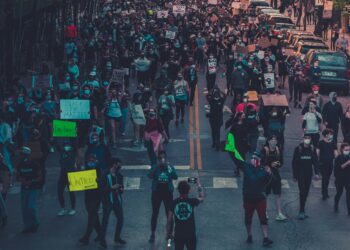The US government shutdown has crossed a crucial threshold where it is no longer a political spectacle with a predictable, temporary economic blip. It has become a direct assault on the stability of the American household and a reckless act of economic self-sabotage.
The financial strategies of federal workers like Michael Galletly—cutting deep, deferring mortgage payments, and applying for unemployment are a direct indicator of plummeting consumer confidence that will metastasize across the entire economy.
While analysts typically project a reversible 0.2 percentage point hit to quarterly growth for every week of closure, this clash is fundamentally different. This is a manufactured crisis colliding head-on with an already slowing economy, driven by a toxic new dynamic: the unprecedented threat to deny federal workers their back pay and initiate permanent firings.

The Trump administration’s threat to use the funding lapse as a pretext for mass layoffs and withholding guaranteed back pay is a cynical escalation that redefines the risk. The guaranteed back pay has always been the financial firebreak that protected the broader economy from the full shock of furloughs. By calling this guarantee into question, the administration is intentionally creating a “curse of no backpay”, transforming a temporary pay pause into a genuine financial catastrophe for millions of households.
As federal workers are forced to work without pay, or are put on unpaid leave, their morale is crushed, and the government’s ability to retain skilled talent is seriously undermined. The economic data blackout (the delay of critical reports like the monthly jobs numbers) further blinds policymakers, the Federal Reserve, and private firms, creating a fog of uncertainty that inevitably prompts firms to put capital spending decisions on hold. This paralysis, in turn, risks derailing the trend of steady growth that was already fragile amid worries over tariffs and other economic headwinds.

















